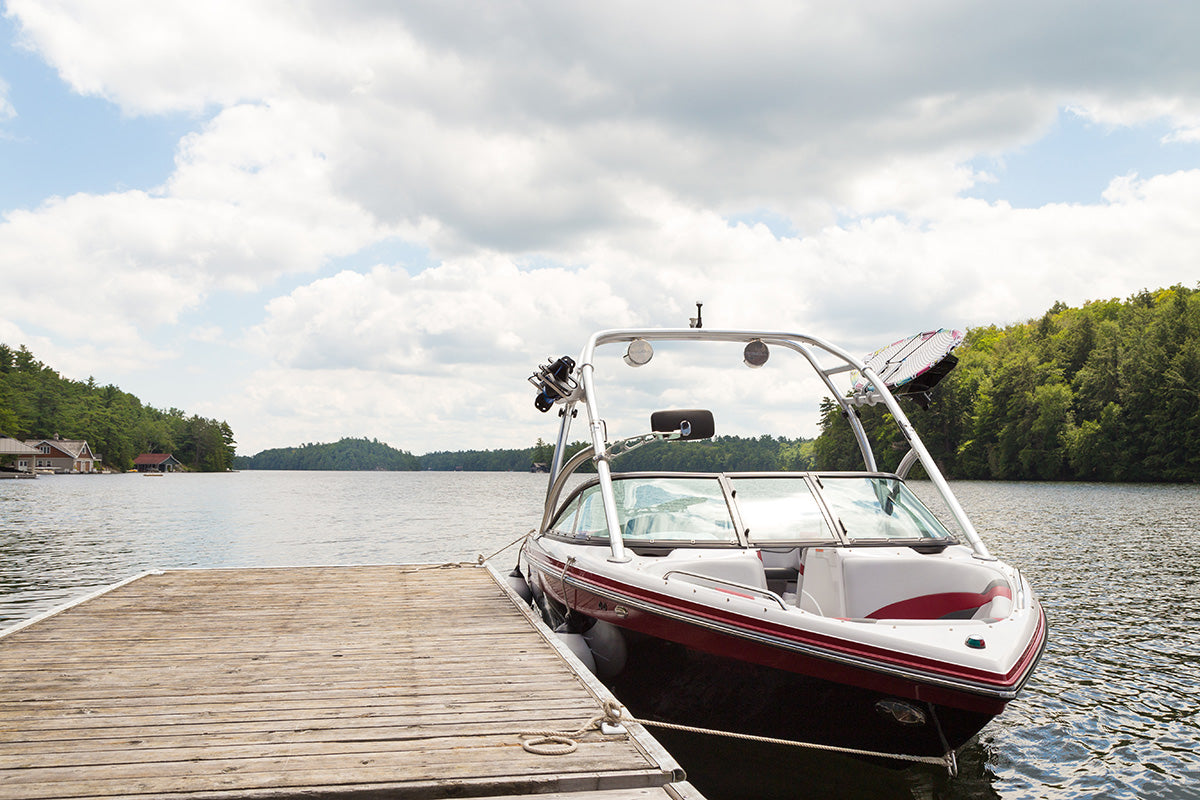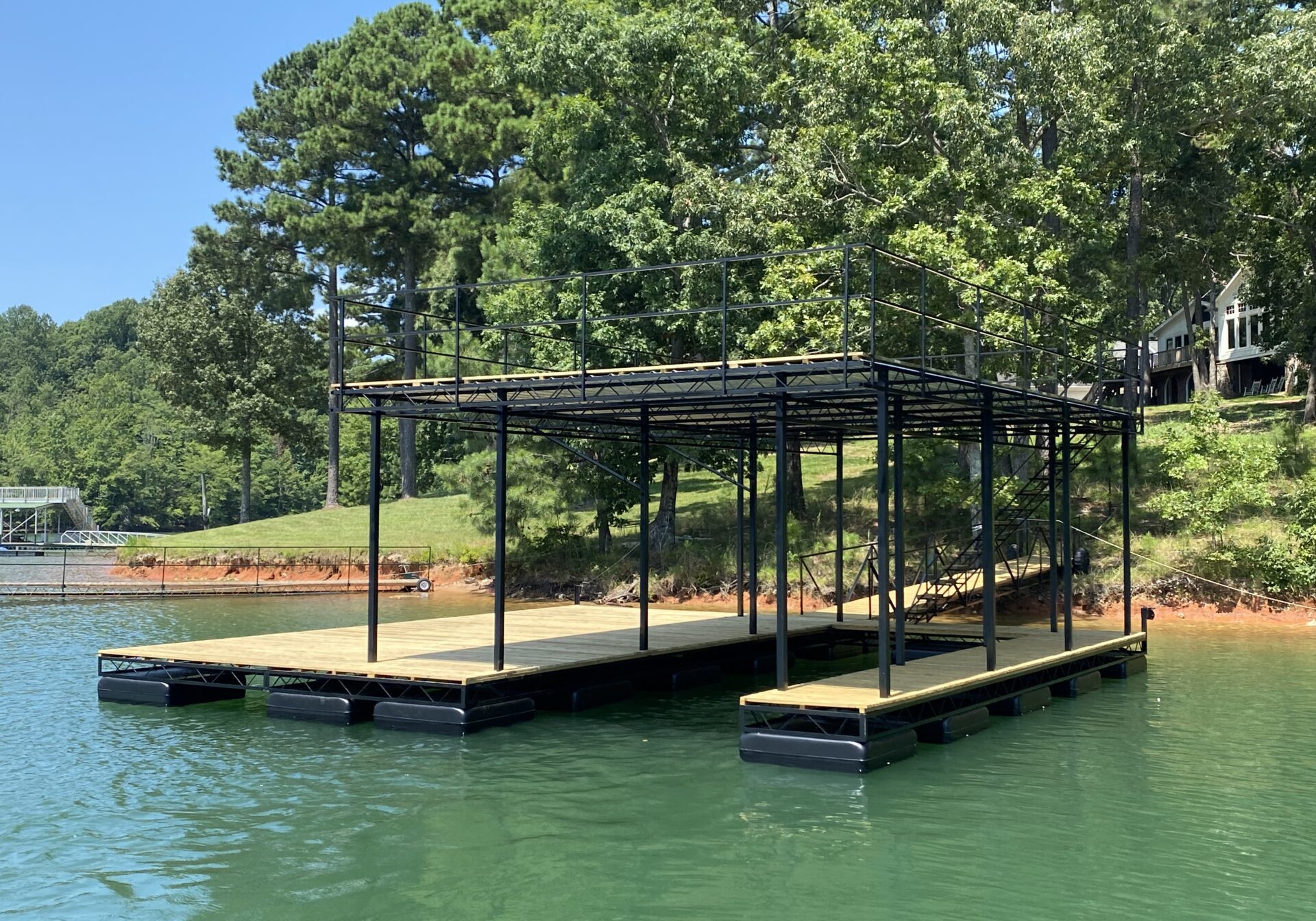Effective Dock Repair Service Techniques: Guaranteeing Structural Integrity
Making sure the architectural stability of docks with reliable repair work methods is extremely important for the longevity and safety of marine facilities. This involves a multi-faceted approach beginning with thorough inspections making use of sophisticated innovations like sonar equipment and from another location ran vehicles (ROVs) to spot both visible and concealed damages. Subsequently, picking the appropriate fixing products, such as composite materials and corrosion-resistant alloys, is important for toughness. Architectural support methods, including the execution of cross-bracing systems and load-distribution plates, play a vital duty in mitigating stress points. The relevance of these techniques ends up being obvious when checking out sophisticated repair service methods and preventative maintenance strategies.
Analyzing Dock Damage
Assessing dock damage is an important first step in making certain the architectural integrity and safety and security of any kind of docking center. Trick elements to take a look at include the dock's structure, pilings, outdoor decking, and equipment (Dock Repairs).
Architectural engineers or certified assessors commonly execute these analyses utilizing specialized methods and devices. Undersea examinations could use sonar devices or remotely ran lorries (ROVs) to detect submerged damage. Above water, aesthetic inspections are matched by utilizing moisture meters and other diagnostic devices to discover underlying concerns not right away visible to the nude eye.

Picking Repair Products
Choosing the ideal repair materials is a pivotal step in the dock restoration procedure, one that straight affects the durability and efficiency of the repaired framework. Material selection should be driven by elements such as environmental problems, load-bearing requirements, and compatibility with existing dock parts. Wood is a conventional choice for anchors due to its natural resilience and aesthetic appeal. Nevertheless, picking the right type of wood, such as pressure-treated lumber or normally rot-resistant varieties like cedar or teak, is essential to stand up to aquatic environments.
Along with wood, composite materials are increasingly popular due to their resilience and reduced upkeep needs. Composites, commonly made from a mix of plastic and wood fibers, use exceptional resistance to rot, pests, and UV damage. For metal docks, picking corrosion-resistant alloys such as galvanized steel or marine-grade light weight aluminum is vital to protect against rust and make sure structural stability in saline water problems.
Epoxy materials and marine-grade sealants are indispensable for repairing fractures and securing joints, providing a waterproof barrier and boosting the dock's total stamina. By diligently choosing high-quality products, dock repair services can attain long-lasting results, therefore securing versus future deterioration and making sure risk-free, reliable use.
Architectural Support Methods
Effective architectural support methods are important in guaranteeing the security and long life of dock repair work. One basic method entails using steel or composite reinforcement bars (rebar) within concrete frameworks. Rebar gives additional tensile toughness, preventing splits and distributing tons more uniformly. This approach is especially efficient for docks subjected to hefty tons or harsh ecological problems.
One more important technique is the application of fiber-reinforced polymers (FRP) These products supply high strength-to-weight proportions and superb resistance to corrosion, making them suitable for reinforcing wooden or concrete anchors. FRP can be applied in strips or sheets and bound with epoxy materials to improve architectural integrity.
Bracing and securing systems also play an important duty in structural reinforcement. Cross-bracing, making use of metal or wood beams, can combat lateral forces, minimizing swaying and activity. Anchoring systems, such as helical piers or driven heaps, give a stable foundation by moving loads to much deeper, more steady dirt layers.
Last but not least, the combination of load-distribution plates can assist disperse weight a lot more evenly across the dock's surface area, reducing local anxiety factors. These methods jointly ensure that anchors continue to be robust and risk-free, capable of holding up against the roughness of their operational setting.
Advanced Repair Techniques

An additional advanced strategy involves underwater welding, which permits for repair services to Recommended Site be carried out without the demand to dewater the area. This technique is particularly beneficial for addressing architectural concerns in submerged dock components, making certain minimal interruption to procedures. Boosted welding methods, paired with robot systems, provide accuracy and integrity, therefore prolonging the life-span of the dock.
Furthermore, cathodic security systems are implemented to avoid rust in metal dock structures. By utilizing sacrificial anodes or satisfied present systems, these methods efficiently mitigate the electrochemical procedures that result in material wear and tear.
Lastly, advanced surveillance modern technologies, such as architectural health and wellness tracking (SHM) systems, supply real-time data on the condition of dock frameworks. These systems allow aggressive maintenance and blog here prompt interventions, eventually making sure the lasting structural honesty of the dock.
Maintenance and Avoidance
Maintenance and prevention are essential ideas that underpin the longevity and safety of dock structures. Regular inspections are paramount, permitting for very early detection of wear and tear, possible weaknesses, and environmental impacts. A proactive method, entailing regular checks for deterioration, rot, and architectural shifts, reduces pricey repair services and prolongs the dock's functional life.
Precautionary measures need to consist of applying safety coatings to steel components to secure versus rust and making use of cured timber to resist decay. Additionally, guaranteeing proper drainage and air flow can prevent water build-up, which is a typical source of structural destruction. Incorporating top quality materials and adhering to producer standards during construction and fixing stages likewise play critical functions in enhancing sturdiness.

Training workers in dock maintenance finest methods makes certain regular application of precautionary procedures. Leveraging technical advancements, such as drones for examinations and sensing units for real-time surveillance, can better improve upkeep efforts. By focusing on upkeep and prevention, dock proprietors can guarantee structural integrity, functional safety and security, and cost-efficient monitoring over the dock's life expectancy.
Verdict
In conclusion, preserving the structural integrity of aquatic centers demands comprehensive dock repair work strategies. Advanced repair strategies, combined with regular upkeep methods, guarantee the dock continues to be safe and functional under diverse environmental problems.
Making certain the structural integrity of anchors with effective repair techniques is paramount for the long life and security of aquatic facilities.Choosing the appropriate repair work products is a pivotal action in the dock reconstruction process, one that directly affects the longevity and efficiency of the repaired framework.Reliable structural support methods are vital in making certain the security and longevity of dock repair work. By prioritizing upkeep and avoidance, dock owners can make sure structural stability, functional safety, and cost-efficient monitoring over the dock's lifespan.
In verdict, preserving the structural integrity of marine centers necessitates extensive check out here dock repair service methods.